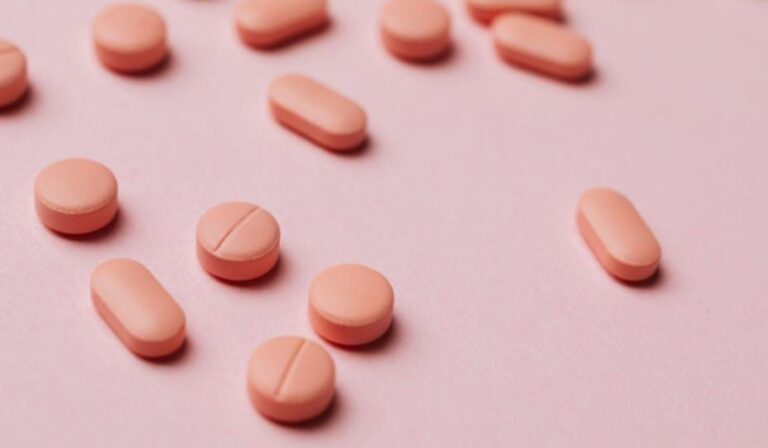How Medical Plastic Injection Molding Revolutionizes Healthcare Solutions
Healthcare constantly seeks innovation to improve patient care and enhance medical technologies. Medical plastic injection molding is one of the most transformative innovations in recent years. This manufacturing process has profoundly impacted the production of devices and components. It provides numerous advantages in terms of cost-effectiveness, precision, and quality.
But how exactly is medical injection molding changing the landscape of healthcare solutions? This article explores the critical role of this technology and how it supports the evolving needs of modern healthcare systems. Streamlining production processes allows for the creation of high-quality devices in large quantities. Its ability to meet stringent industry standards makes it a key player in modern advancements.
The Importance of Precision in Medical Device Manufacturing
Precision is crucial in the development of medical devices and equipment. The slightest defect can seriously affect applications where patient safety is paramount. Injection molding offers unparalleled accuracy, ensuring that components are manufactured to specifications. This allows the production of complex shapes and intricate details with minimal variations between units.
The ability to produce highly accurate and consistent parts is essential for devices such as syringes, surgical instruments, and implantable components. This precision not only enhances the performance of medical devices but also reduces the likelihood of defects, which can have life-altering consequences for patients.
Cost-Effective Solutions for Mass Production
The medical industry requires many disposable products, from single-use syringes to surgical gloves and catheter components. Plastic injection molding provides a cost-effective solution for the mass production of these items. The process allows for the creation of many units quickly and efficiently, reducing manufacturing costs without compromising quality.
Once the initial mold is created, the production costs for each additional unit decrease significantly. Which makes it a highly economical option for medical device manufacturers. This efficiency enables healthcare providers to access affordable, high-quality products. It benefits the patients by ensuring the availability of essential supplies at lower costs.
Enhancing the Safety and Reliability of Medical Devices
Safety and reliability are non-negotiable in healthcare. Injection molding contributes to safer medical devices using biocompatible and sterilizable materials, ensuring the products meet stringent safety standards. Working with medical-grade plastics ensures that the devices resist contamination, chemicals, and extreme temperatures.
Furthermore, the process enables the manufacturing of moulds with smooth surfaces, eliminating sharp edges or other imperfections that could harm patients. This technology ensures that every product manufactured adheres to the highest quality and safety standards. Hence, this makes it a preferred method for producing life-saving equipment.
Supporting the Development of Custom Medical Solutions
In addition to mass production, it also enables the creation of customized solutions. As a result of advances in this technology, personalized prosthetics, custom-made implants, and patient-specific surgical tools are becoming more common. Allowing the design and manufacturing of unique devices tailored to individual patient needs enhances treatments and improves patient outcomes.
Customization is particularly valuable in complex procedures that require tools or implants suited to a specific individual’s anatomy. With injection molding, it is possible to quickly and affordably produce customized solutions, giving healthcare professionals greater flexibility in addressing patient-specific challenges.
Reducing the Environmental Impact on Medical Manufacturing
Medical plastic molding has made significant strides toward reducing environmental impact by using recyclable materials. By optimizing the efficiency of the production process, it reduces material waste and energy consumption, contributing to more environmentally friendly manufacturing practices.
Additionally, medical-grade plastics are often lighter and more durable than traditional materials like metal. It reduces the environmental footprint during transportation and extends the lifespan of reusable devices. These eco-friendly advancements demonstrate how injection molding contributes to a more sustainable healthcare industry while maintaining the highest quality standards.
Innovations in Medical Device Technology
One critical development is integrating micro-injection with molding technology. This process allows for the production of tiny, detailed components required in advanced devices such as hearing aids, micro-sensors, and minimally invasive surgical tools. Another advancement is the growing use of 3D printing technologies in conjunction with injection molding.
This combination allows for rapid prototyping, enabling manufacturers to test and refine designs before committing to full-scale production. These innovations are revolutionizing how devices are developed and produced. It offers even greater flexibility, speed, and accuracy in meeting the needs of modern healthcare.
Medical plastic injection molding is transforming healthcare solutions by offering precision, cost-effectiveness, and safety in medical devices and components. Medical injection molding technology supports the mass production of essential supplies. It enables the development of customized solutions tailored to individual patient needs. As the technology advances, it is expected to contribute even more significantly to innovations in medical device manufacturing and sustainability efforts.







